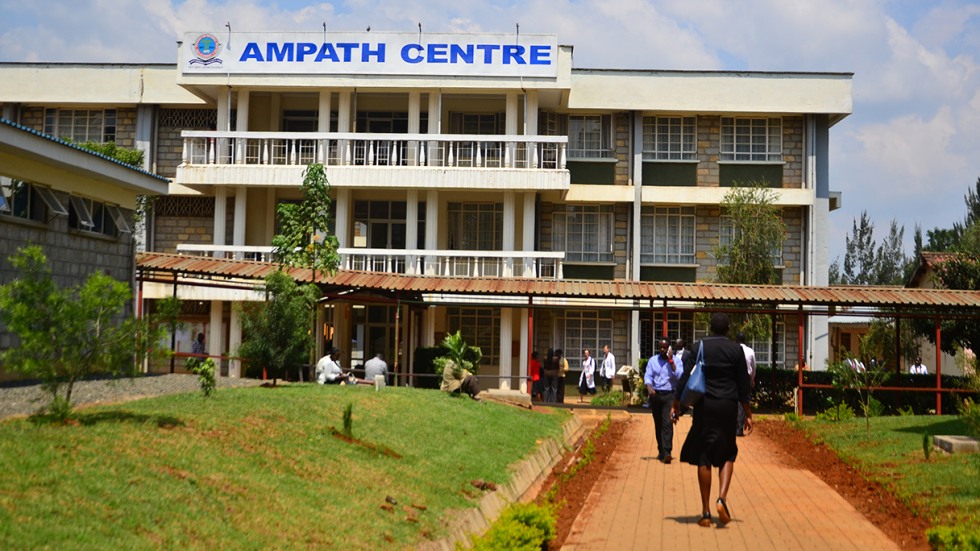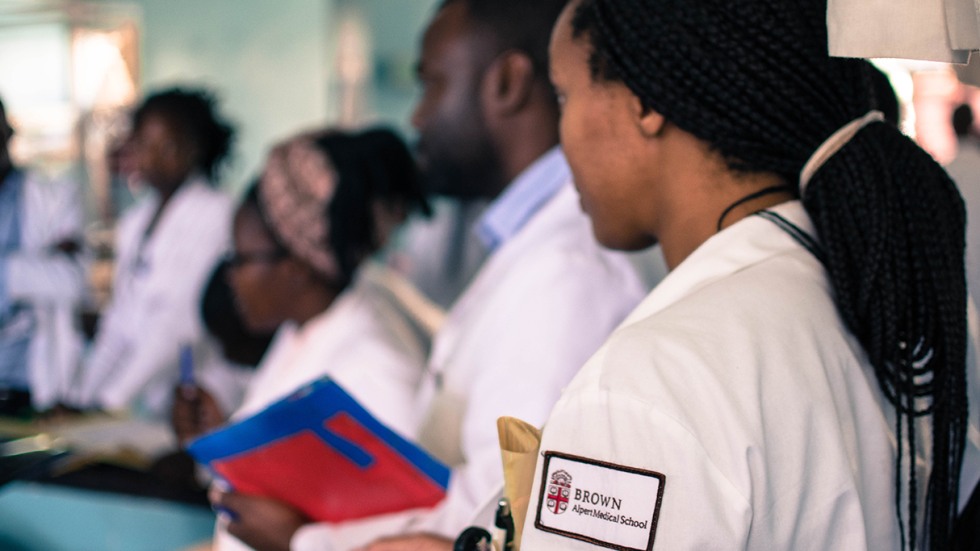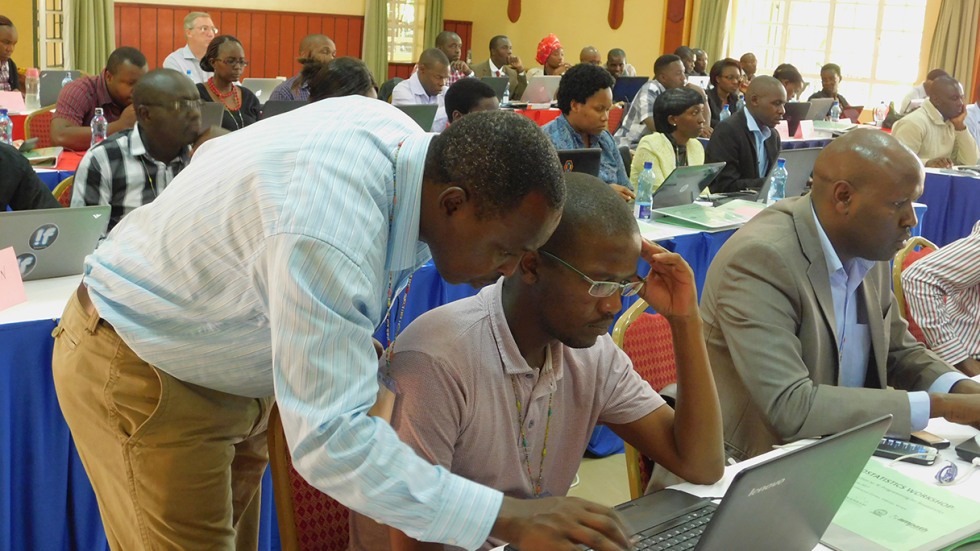PROVIDENCE, R.I. [Brown University] — Over the past four decades of treating HIV/AIDS, two important facts have been established: HIV-positive patients need to be put on treatment as soon as they’re diagnosed and then kept on an effective treatment plan. This response can help turn HIV into a chronic but manageable disease and can essentially help people live normal, healthy lives, said Joseph Hogan a professor of public health and of biostatistics at Brown University, who has been researching HIV/AIDS for 25 years.
Hogan is one of the primary investigators on two recently awarded grants from the National Institutes of Health, totaling nearly $4.6 million over five years, to support the creation and utilization of data-driven tools that will allow care programs in Kenya to meet these key treatment goals.
“If the system works as designed, then we have confidence that we’ll improve the health outcomes of people with HIV,” Hogan said.
The first part of the project involves using data science to understand what’s called the HIV care cascade, said Hogan, who is the co-director of the biostatistics program for Academic Model Providing Access to Healthcare (AMPATH), a consortium of 14 North American universities who collaborate with Moi University in Eldoret, Kenya, on HIV research, care and training.
Hogan will collaborate with longtime scientific partner Ann Mwangi, associate professor of biostatistics at Moi University, who received a Ph.D. in biostatistics from Brown in 2011. Using AMPATH-developed electronic health record database, a team co-led by Hogan and Mwangi will develop algorithm-based statistical machine learning tools to predict when and why patients might drop out of care and when their viral load levels indicate they are at risk of treatment failure.
These algorithms, Hogan said, will then be integrated into the electronic health record system to deliver the information at the point of care, through handheld tablets that the physicians can use when sitting in the exam room with the patient. In consultation with experts in user interface design, the team will assess and test the most effective ways to communicate the results of the algorithm to the care providers so that they can use them to make decisions about patient care, Hogan said.
The predictive modeling system the team is developing, Hogan said, will alert a physician to red flags in the patient’s treatment plan at the point of care. This way, interventions can be developed to help a patient get to their treatment appointments, for example, before the patient needs to miss or cancel them. Or if a patient is predicted to have high viral load, Hogan said, a clinician can refer them for additional monitoring to identify and treat the increase before it becomes a problem.


